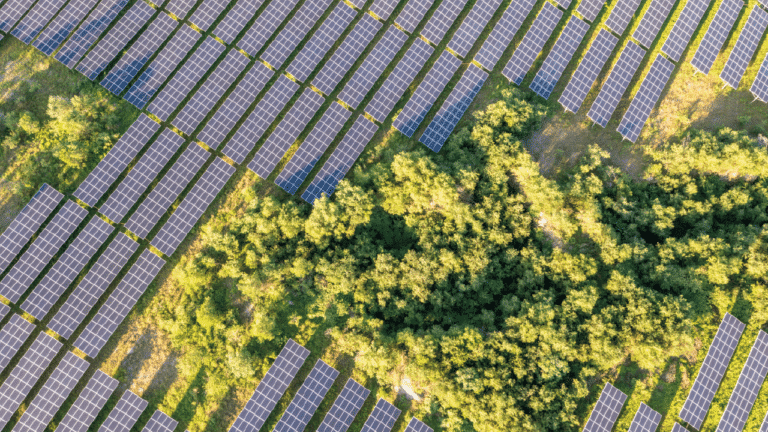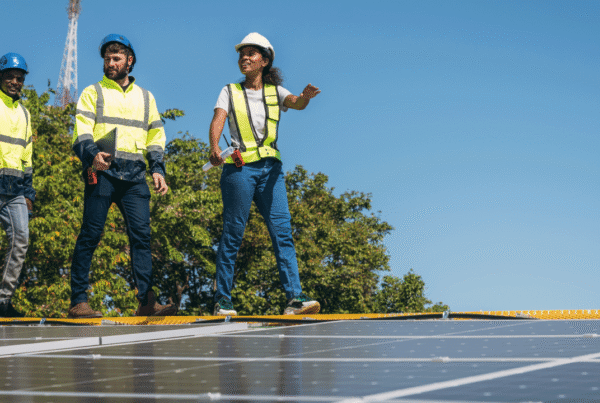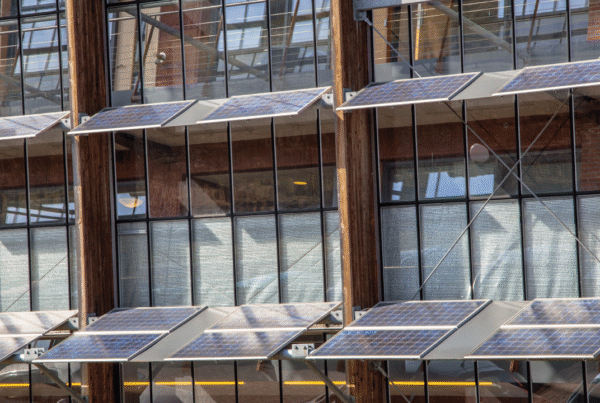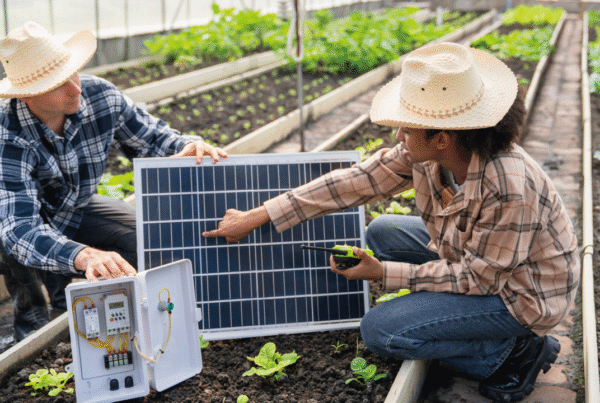
The large extension that Photovoltaic Solar Plants (PSFV) usually occupy, as well as the size of the photovoltaic equipment makes undeniable the fact that they generate an impact on the landscape.
Aware of this impact and the great importance of minimizing it as much as possible, it is considered from the early stages of development.
To do this, we opt for small facilities, leaving behind those macroplants that require hundreds of hectares and focusing our activity on plants of low power and, therefore, little surface that have a punctual and limited impact.
On the other hand, a suitable location is sought, in which the environmental impact is as low as possible.
As part of this impact, the landscape impact is also considered, prioritizing those locations in isolated locations and away from inhabited areas or habitual passage.
In any case, any solar project requires access and a series of buildings or metal structures of variable heights (between 3 and 5m) that usually stand out in the agroforestry environments in which they are usually located.
In order to minimize this impact, during the design phase of the facilities, a series of measures are taken into account that will favor the landscape integration of the installation.
Some of the most noteworthy measures are:
- Prioritize the creation of accesses and new roads through a compaction of the existing land. In the event that the characteristics of the access require the contribution of materials, these will be finished with zahorra of tonality according to the terrain.
- For buildings and annexed facilities, use materials and coatings whose colors and textures are integrated into the scenic background, using mainly earthy colors, ochres and light browns when the environment is agricultural and in dark green tones on occasions when the buildings are located near wooded areas or with abundant vegetation.
- Planting herbaceous and shrub species already present in the area, in order to naturalize the land, favoring soil cover and its homogenization with the adjoining lands.
- Allow the natural colonization of nearby vegetation, as well as its natural growth as long as it does not reach sizes that can generate shadows in the modules.
- Plant a vegetable border on the outside of the fence, with native species that adapt to the characteristics of the terrain and the climate of the area, as well as the rest of its environment. This border will act as a visual barrier (partially hiding the installation) and will favor integration with the immediate environment of the installation.
- Consider for the design of the plant border native species of tree and shrub bearing present in the area,in order to show continuity with the immediate environment. In this way, if the installation is located in a natural area, the species to be planted will be primarily shrub species that reach large size, while, if the installation is surrounded by crops, species of the same type as those present in the environment, such as olive or almond trees, can be included in the border, so as not to abruptly break the visual continuity.
Once the initial design has been carried out, a landscape integration study is carried out that will analyze in detail the visibility of the installation, as well as a first assessment of the proposed integration measures.
During this process, simulations of the implementation of the PSFV are obtained that allow assessing the landscape impact on its environment.
An example would be the one we can see in the following photographs:

The landscape impact of PSFV is undoubtedly an important aspect that Univergy Solar considers in the development of all our solar energy projects.
Azahara Padilla, Head of Environment Department at Univergy Solar.







